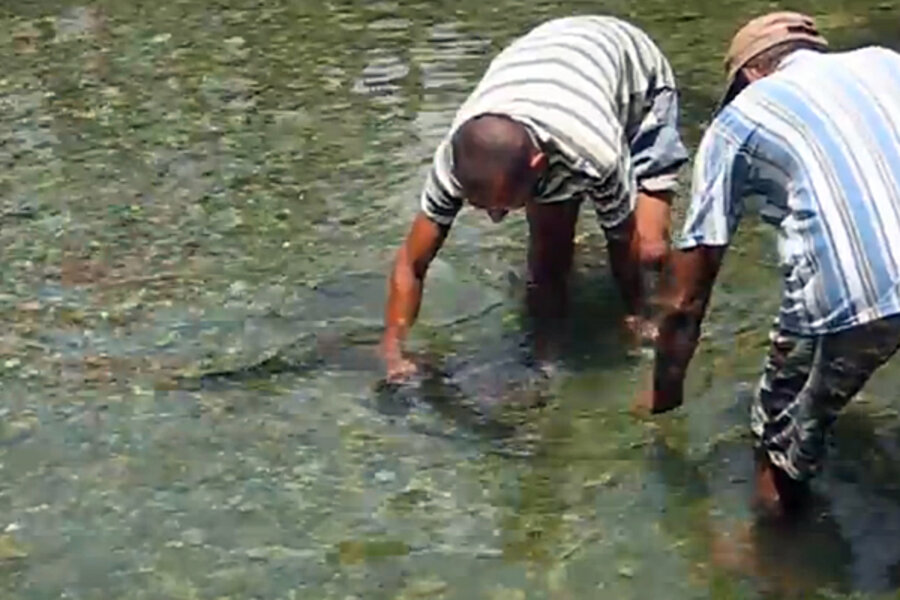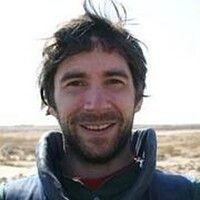Sacred eels and peace in an occasionally troubled corner of Indonesia
Loading...
| Ambon, Indonesia
I'm going to keep this short.
I recently returned to Indonesia and drove along the coast outside Ambon City that was the heart of a raging religious and communal conflict more than a decade ago, and while the scars of that violence (and more recent outbreaks) were still visible if you knew where to look, the main picture was of a peace that has mostly held and of a people that have mostly gotten on with their lives.
In 1999 and 2000, this Indonesian island and many of its neighbors were boiling with a Christian-Muslim religious conflict that erupted after the fall of long-standing Indonesian dictator Soeharto. The violence in the religiously mixed Maluku provinces (which include Ambon) had drawn in Islamist militias from the broader, majority Muslim, Indonesian society. Domestic groups with ambitions to bring Islamic law to the country, some with links to outside actors like Al Qaeda, were buzzing around the fighting, seeking to use it as a spark for a vast, national revolution.
That ambition fell flat, though not without enormous costs for people here, Christian and Muslim alike.
All those years ago, Ambon was at the heart of what the West knew as the Spice Islands, the home of cloves and nutmeg that were worth a fortune in an unrefrigerated world. The tiny island of Run, now a rarely visited backwater, was formally traded by the British to Holland in the 1660s in exchange for Manhattan.
In the late 1990s and early 2000s, the area was of great-power interest again, with notions about history ending and clashing civilizations filling the air. The Ambon conflict fit that narrative and so was of interest for a time. That's what brought me to Ambon and the village of Waai in 2000.
Waai is a Christian village on a picturesque coast dotted with papaya and sago palm groves, with Muslim villages on either side. When I traveled there, the village had been attacked, its church and dozens of its homes razed, its people driven into refuge camps on the coast. One detail that came up again and again when talking to survivors of the attack, was the significance of the fate of their sacred eels in a fresh water spring a short distance from the ocean. Even the spring had been bombed, closing off its access to the sea (where eels, rare among freshwater fish, go to spawn).
The story of the eels has always fascinated me. It's rarely been written about, and I've yet to find anything that's specific and detailed on the local beliefs about these fish. I finally returned to Waai today and found a thriving, happy community. Homes have been rebuilt and the people have almost all returned. As have the eels. I started some conversations on their traditions and beliefs, but a shortage of time and energy (a sleepless night getting here) prevented me from gathering all the information I wanted. I think that Waai will be part of a story I'm working on about the healing process after horrific violence, and will go back for some longer talks tomorrow.
For now, a little video of one of the freshwater eels of Waai, and two of his guardians.








